MID-CENTURY MODERN 101

Mid-Century Modern Architecture:
Mid-century modern architecture was a twentieth-century architectural style characterized by clean lines, muted curves, a lack of ornamentation, large windows, functionality, and open floor plans intent on making indoor and outdoor living spaces complement each other. Part of a wider artistic movement encompassing architecture, graphic design, and product development, mid-century modern design had its heyday in the post-war period of the 1950s and 60s. The style was a continuation of the larger modernist movement, which had roots in the Industrial Revolution at the end of the 19th century, and also in the post-World War I period.
|
"FORM FOLLOWS FUNCTION. -LOUIS H. SULLIVAN, American Architect |
Farnsworth House, Plano, IL. Design and Constructed by Mies van der Rohe |

The Stahl House, Los Angeles, CA. Designed by Pierre Koenig
During the 1930s and 40s, Ludwig Mies van der Rohe and Walter Gropius - German devotees of the Bauhaus school of modern design - had fled Nazism to teach at schools in the United States, like the Illinois Institute of Technology and Harvard Graduate School of Design. Their work pioneered the international style of modernism, alongside other luminaries like Frank Lloyd Wright, Le Corbusier, and Alvar Aalto.
The influence of such giants of design laid the groundwork for a mid-century design movement that would expand from academia to the wider real estate market. The movement's emergence coincided with the baby boom following the Second World War, when the demand for residential housing and construction in the US was at an all time high. Eventually, the movement grew beyond middle-class suburban homes to include the design of taller buildings and landmarks in East Coast metropolitan centers like New York City and West Coast cities like San Francisco and Los Angeles in California.
|
CHARACTERSITICS:
|
The Glass House, New Canaan, CT. Designed by Philip Johnson |

Lennox Health Greenwich Village, New York, NY. Designed by Albert C. Ledner
|
TWA Flight Terminal at JFK, Queens, NY. Designed by Eero Saarinen |
Solomon R. Guggenheim Museum. Designed by Frank Lloyd Wright |
|
ARCHITECTS TO KNOW:
|
Kaufmann House, Palm Springs, CA. Designed by Richard Neutra
The Stahl House, Los Angeles, CA. Designed by Pierre Koenig |
Mid-Century Modern Design:
Industrial design products, including furniture, had a similar design logic to the architecture of the time. Designers tried to create pieces best suited to a new adapting post-war world - prioritizing functionality first, while maintaining a similar minimalistic ideology as architects of the time. For many, design was not necessarily about creating a piece of art, it was about solving a problem in the best, most elegant way possible.

Interior of The Schindler House. Interior Design by Studio Shamshiri
|
CHARACTERISTICS:
|
Eames LCW Chair, Designed by Charles and Ray Eames
|

Serge Mouille Light Fixture, Jean Prouvé Chairs, Charlotte Perriand Bookshelf
|
The Panton Chair by Verner Panton |
MATERIALS:
|
-
Charles and Ray Eames
-
Isamu Noguchi
-
Marcel Breuer
-
Hans Wegner
- Jean Prouvé
- Charlotte Perriand
- Verner Panton

Interior of a Richard Neutra house in Los Angeles, CA. Interior Design by David Netto
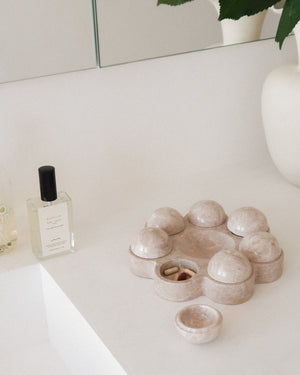
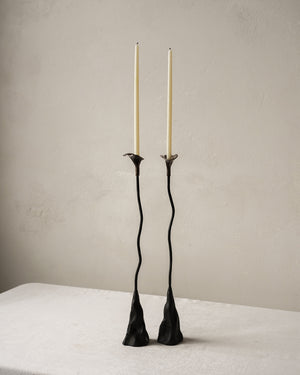
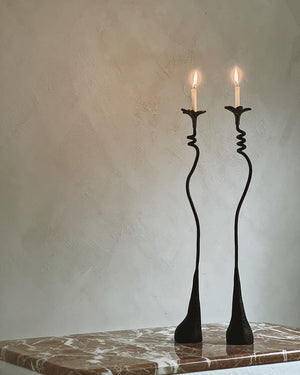
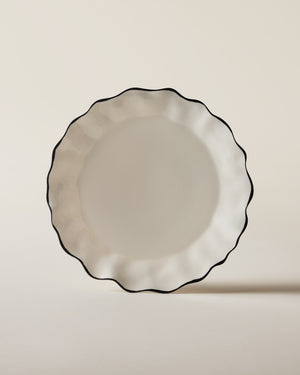
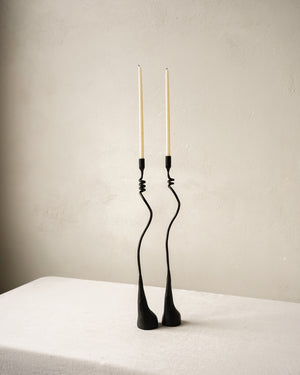
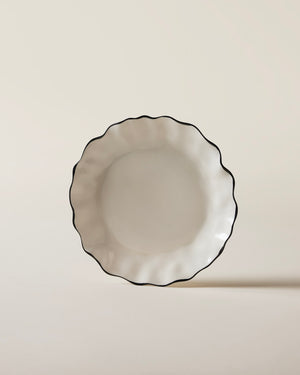
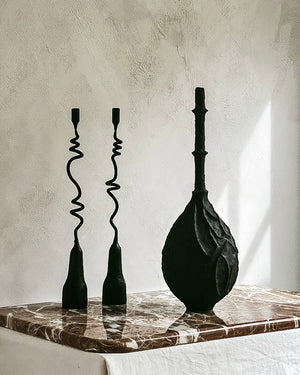
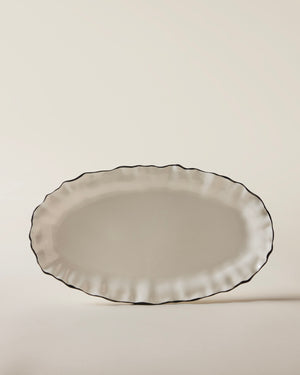








 Isamu Noguchi 1709 Coffee Table
Isamu Noguchi 1709 Coffee Table